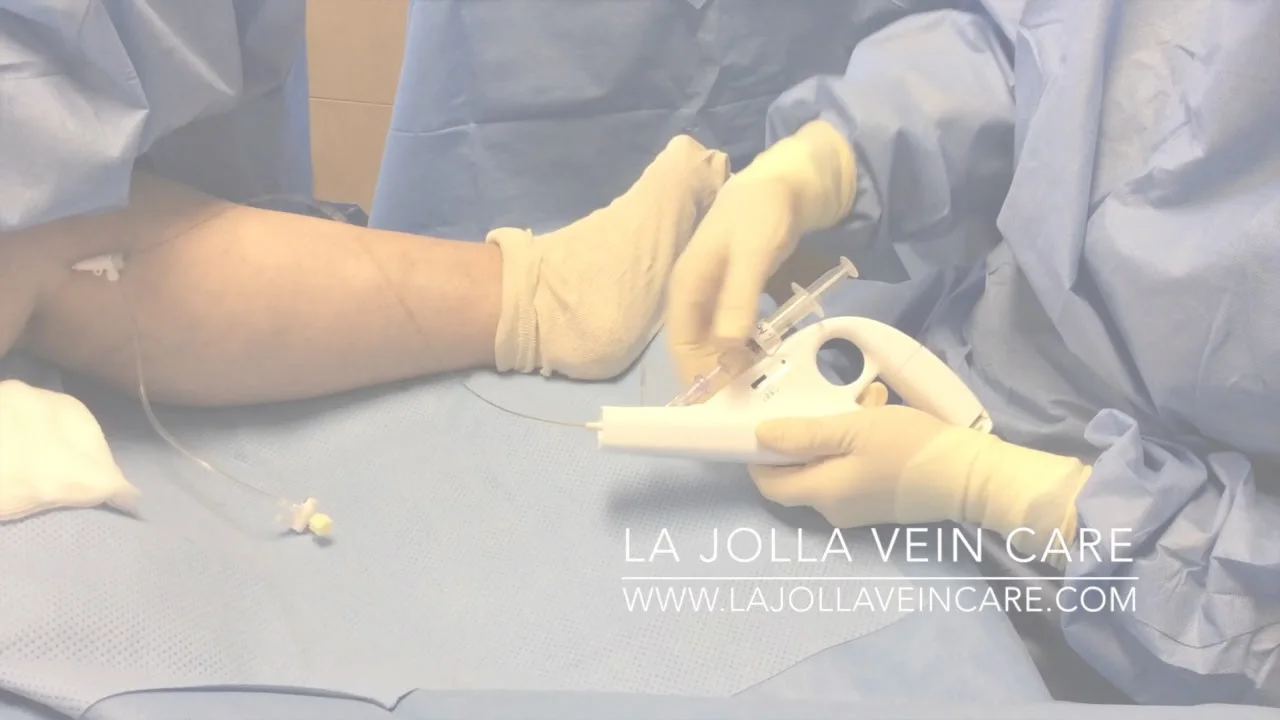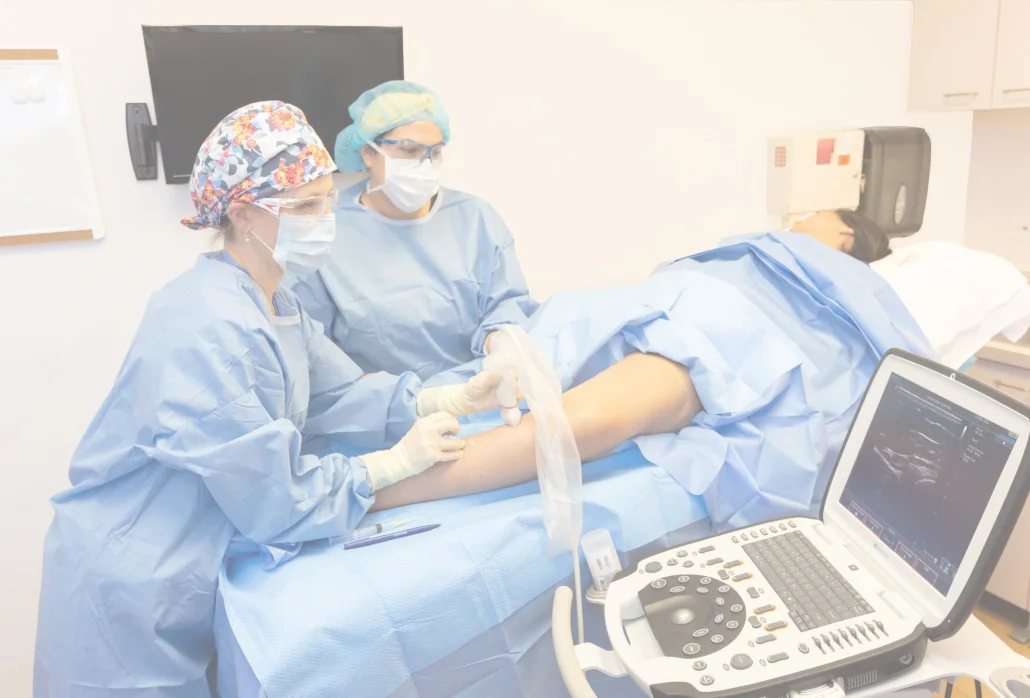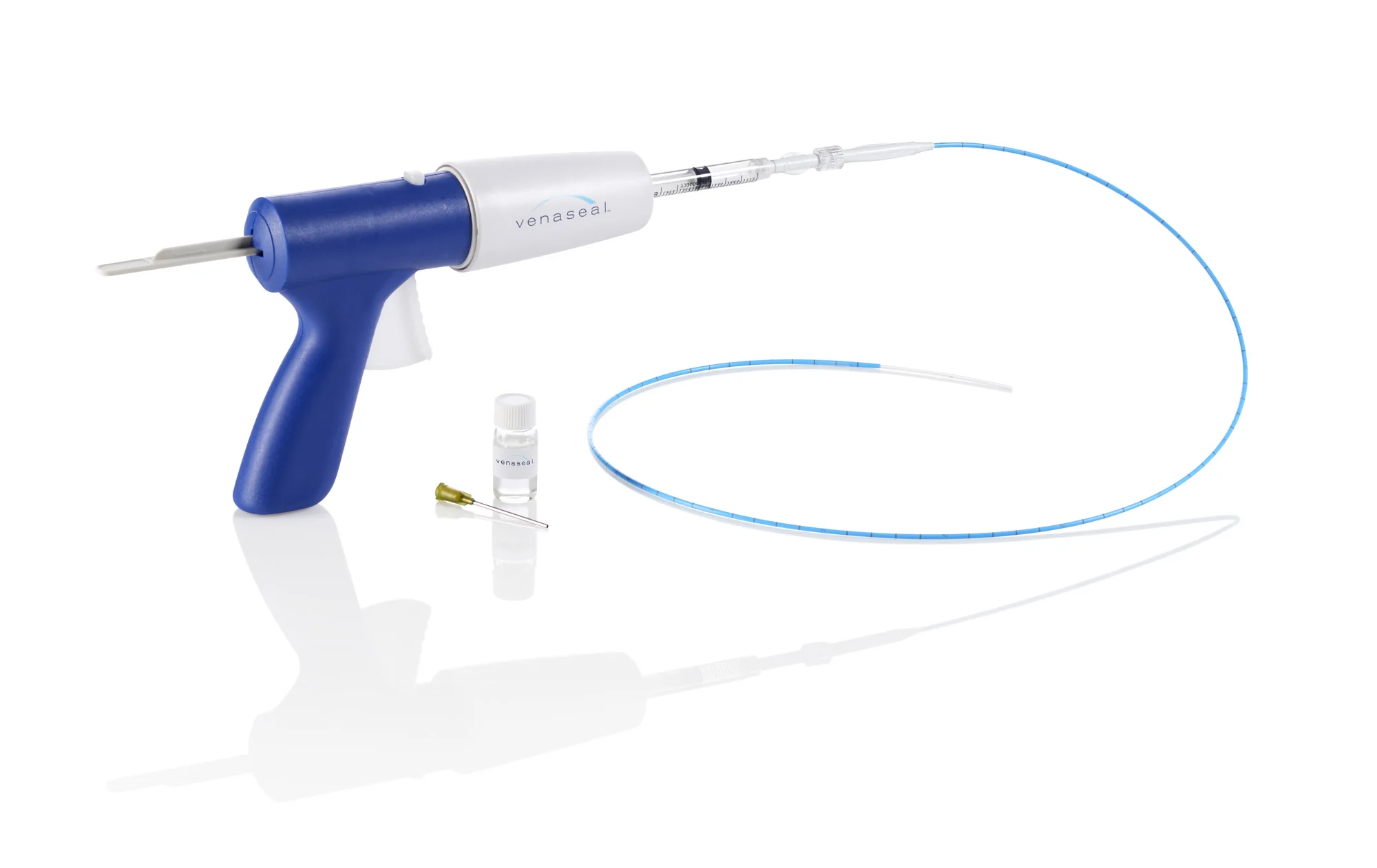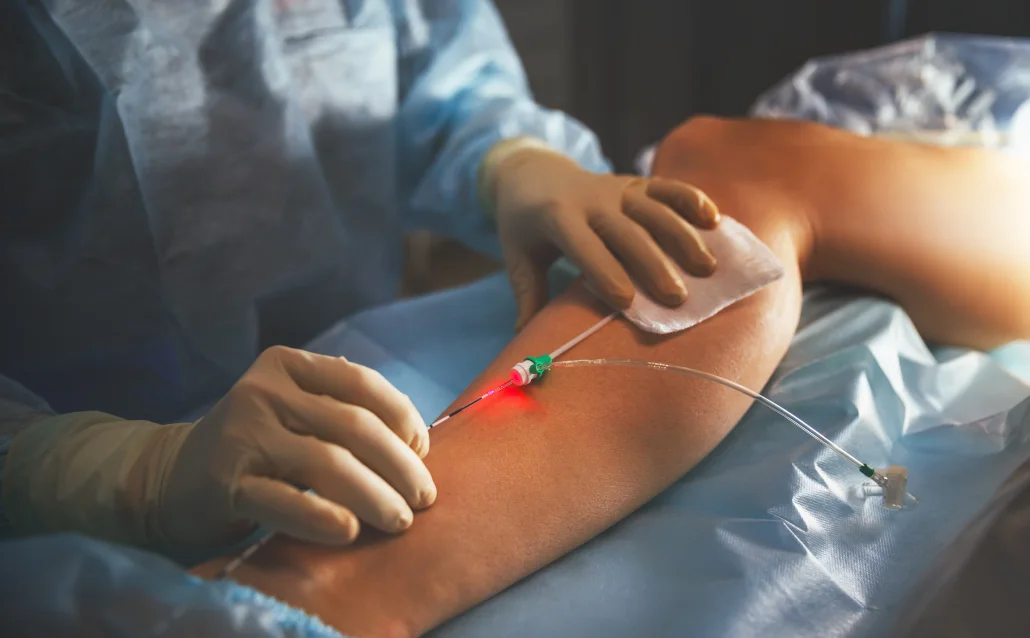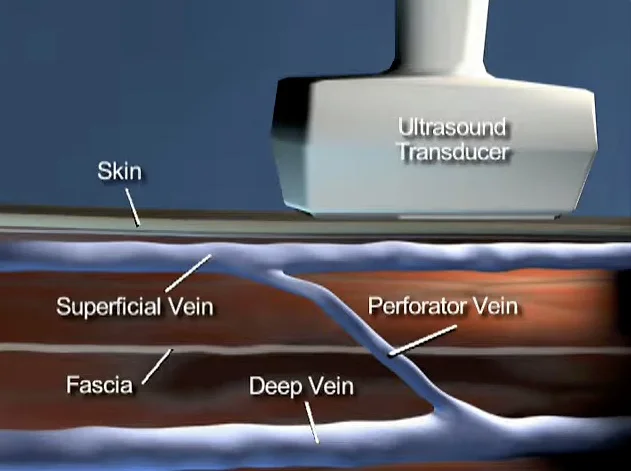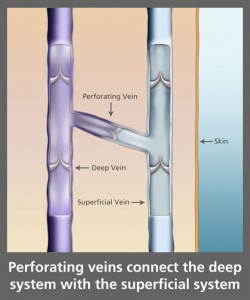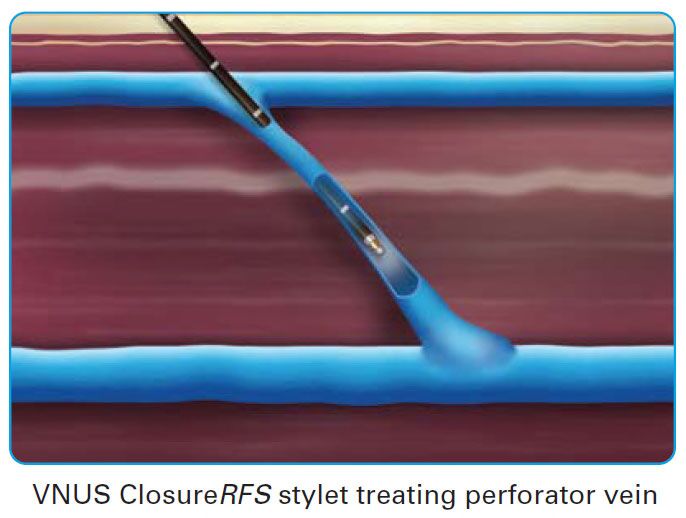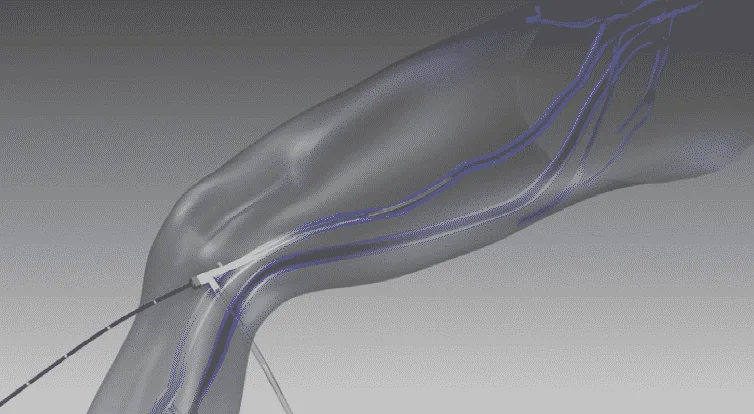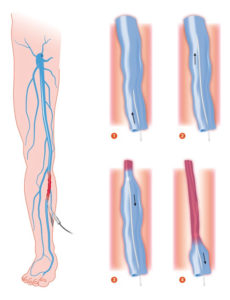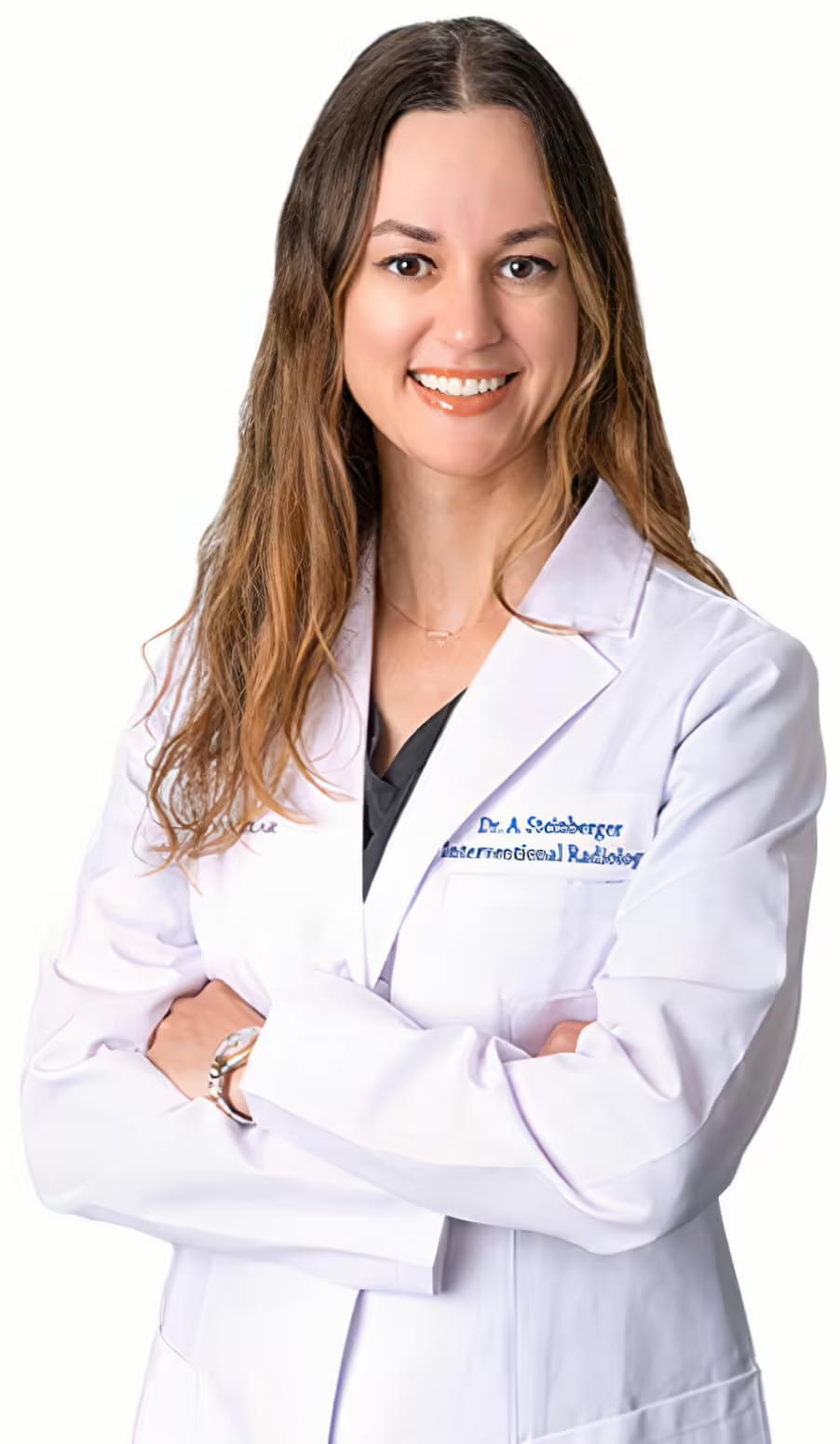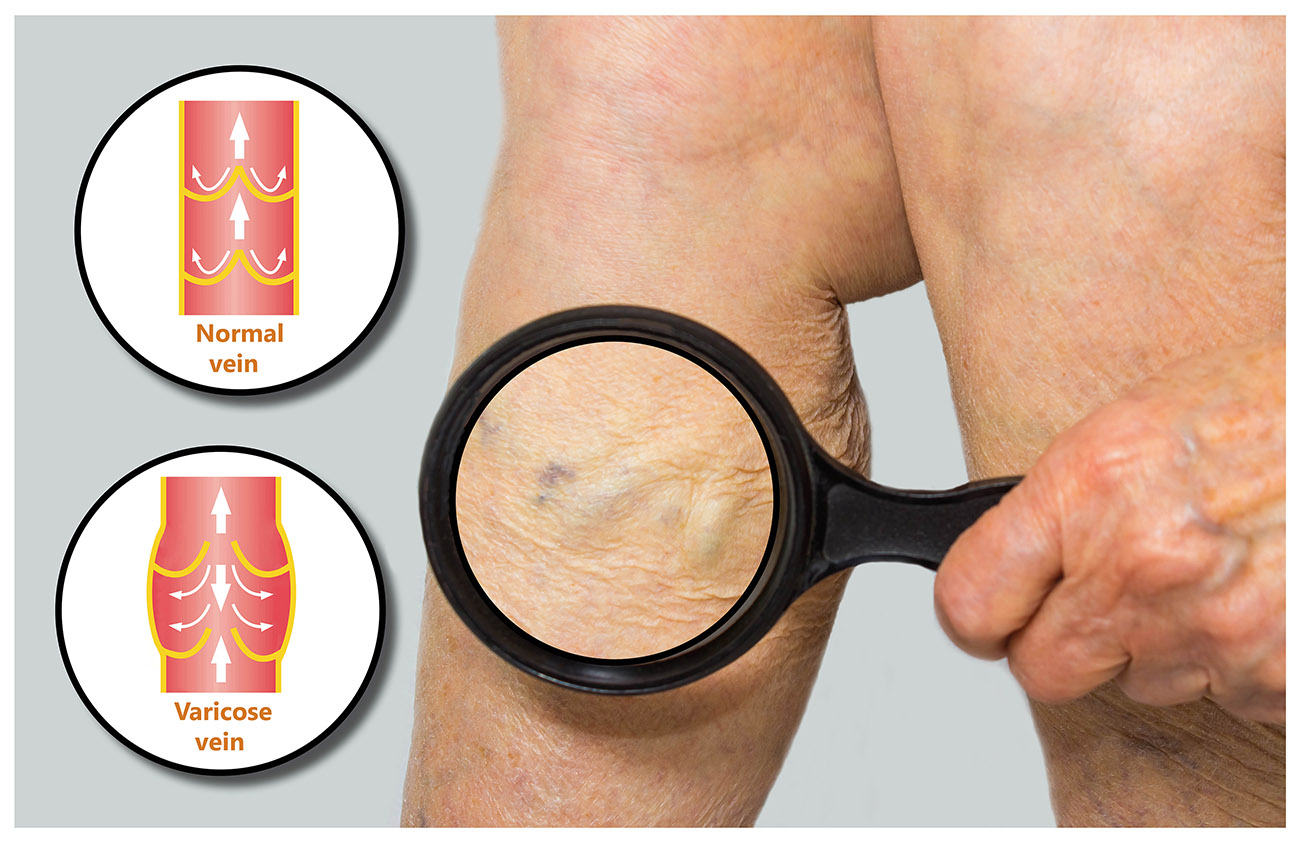
Varicose veins are enlarged, twisted veins that most commonly appear in the legs. They are caused by chronic venous insufficiency, a condition in which blood flow in the veins is impaired. Left untreated, varicose veins can lead to discomfort, cosmetic concerns, and serious vascular complications.
At La Jolla Vein & Vascular, we’re proud to be San Diego’s only vein clinic offering every FDA-approved, minimally invasive treatment for varicose veins and venous insufficiency. Our board-certified vein specialists use advanced ultrasound diagnostics and cutting-edge techniques to address both the symptoms and the underlying cause of your vein issues.
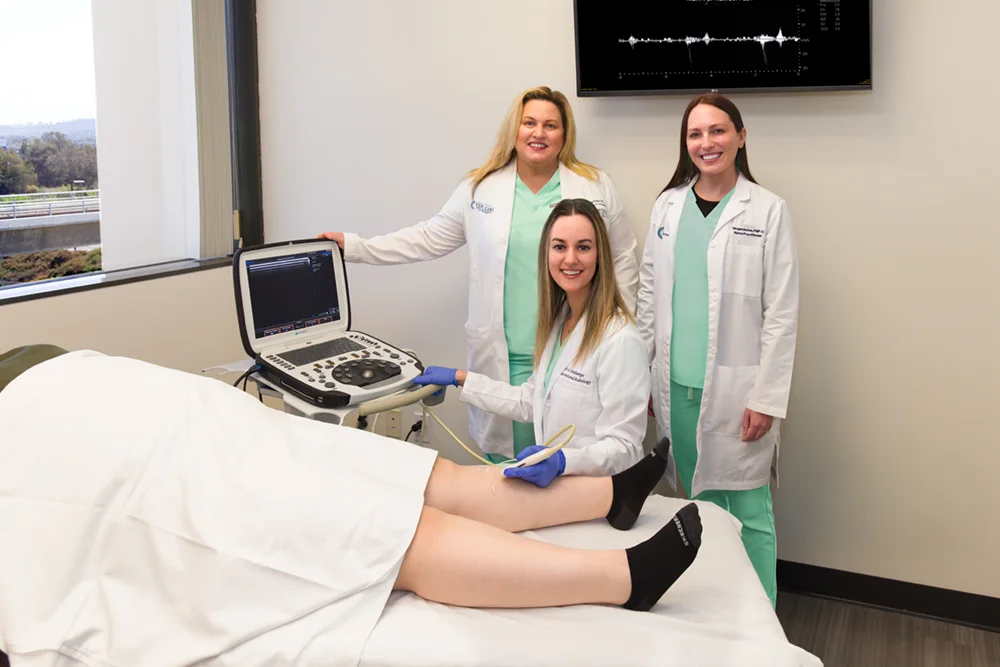
All treatments are non-surgical, performed in-office, and require little to no downtime.
Don’t wait for symptoms to worsen. Varicose veins and venous insufficiency are progressive conditions—early diagnosis and treatment can prevent further complications.
✅ Personalized treatment plans
✅ Covered by most insurance plans
✅ Same-day or next-day consultations available
La Jolla Vein & Vascular – San Diego’s Trusted Vein Experts
La Jolla / Vista
Say Goodbye to Painful, Swollen Legs—Let Us Help You Look and Feel Your Best.
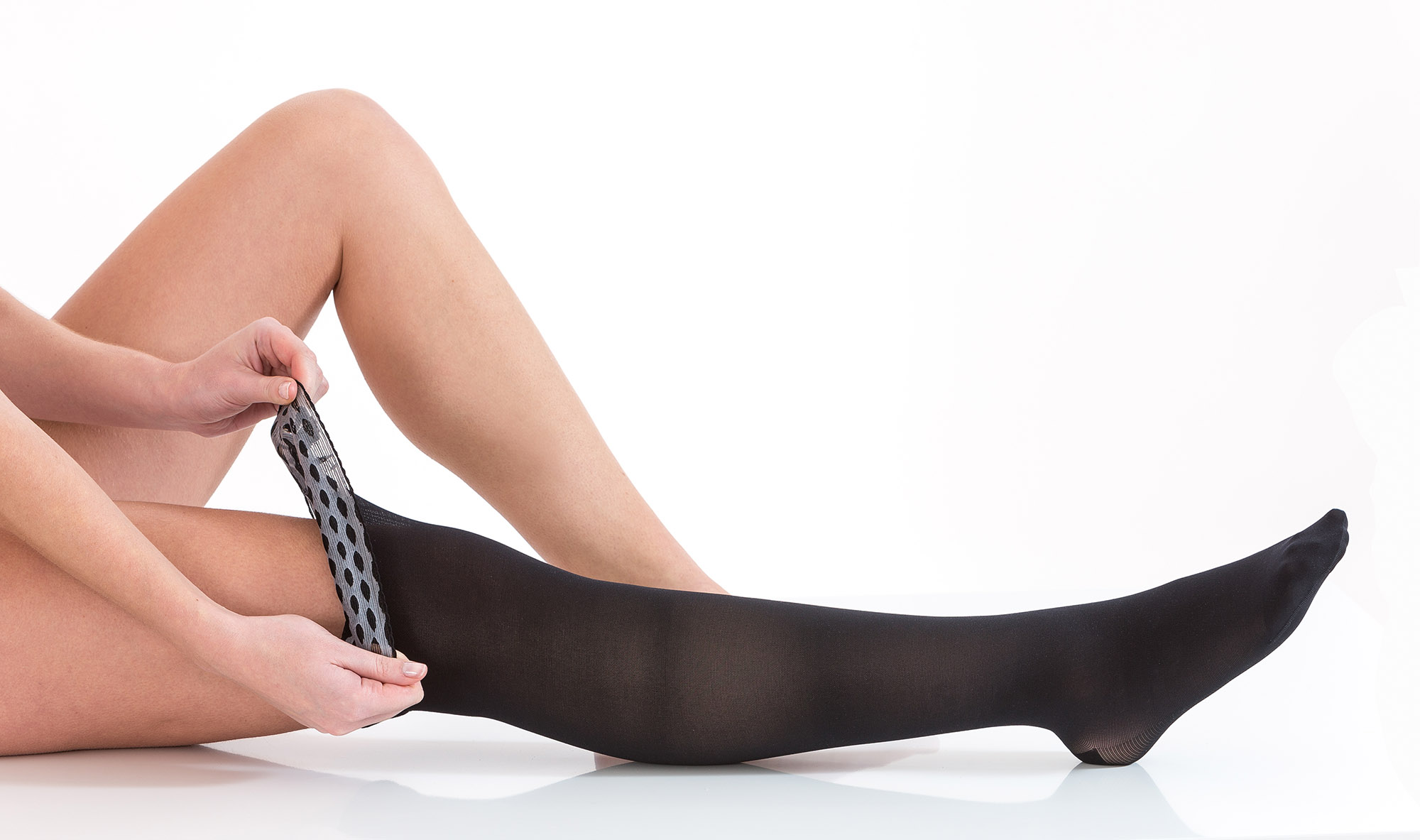


With any procedure, there are risks. In microphlebectomy the risks are listed below:
